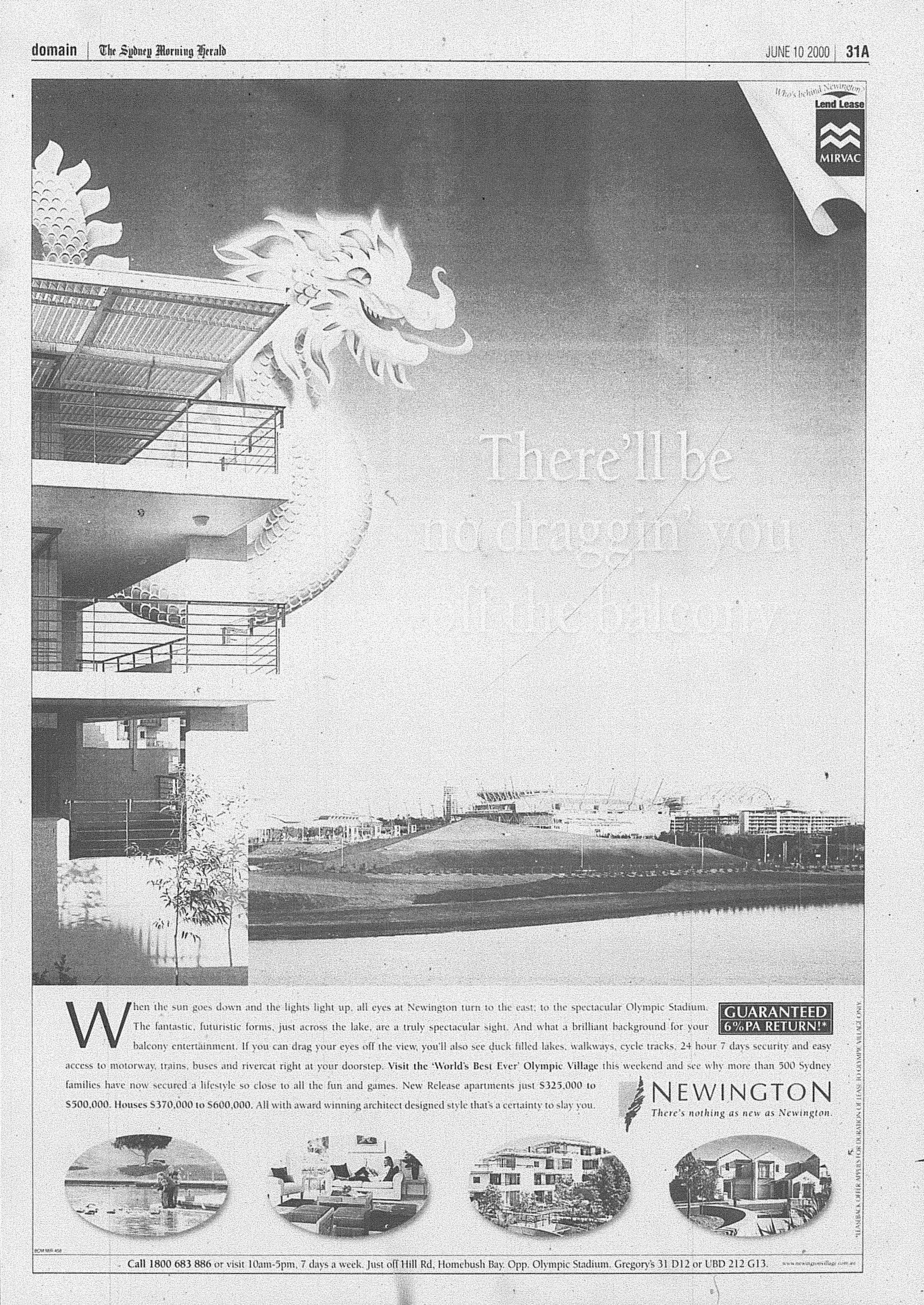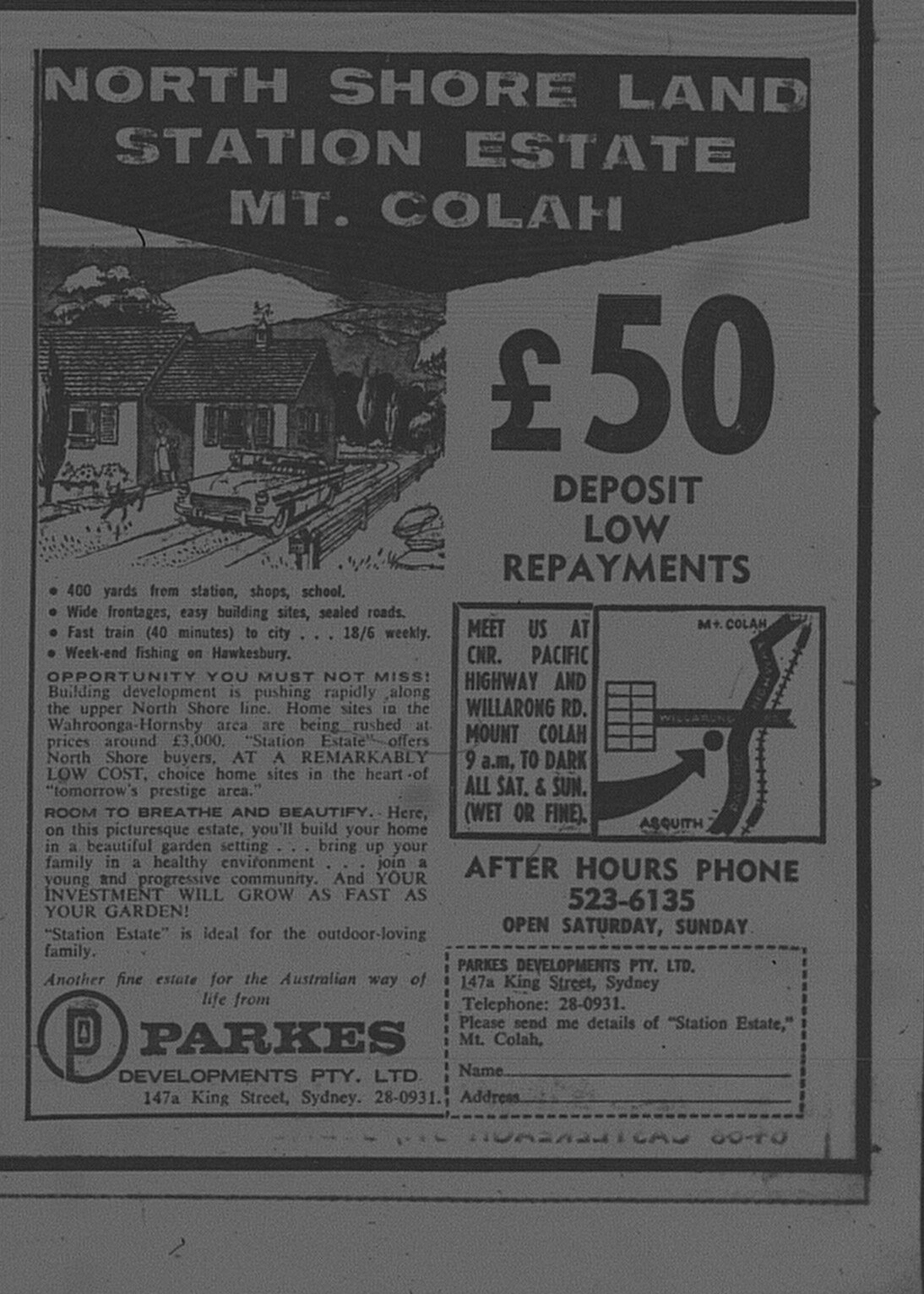It was thirty years ago, in 1985 that Sydneysiders were introduced to what is now the original Darling Harbour development. It was a very bold vision of the NSW Government led by Neville Wran, to redevelop what was then a goods yard and port. The initial plans were announced the year before, but it did take time to come with the final plan. There is no mention of the monorail that was to link the city with the precinct.
Source: 1985. "Vision of our future city". The Daily Telegraph, August 19: 10-11.
The goal was to have it ready by January 26 1988. That didn't happen. Only Tumbalong Park was ready on time with other projects opening several months later. The Sydney Exhibition and Convention centre opened in May 1988 while the first stage of the Harbourside Shopping Complex opened in March 1988. The National Maritime Museum did not open until 1991. I do encourage you to read the editorial because it is spot on in its predictions for Sydney. One comment, in particular, draws attention:
"Darling Harbour will be a showpiece for the people of today and for generations to come."
And it did from day one. The crowds flocked from everywhere and has been a constant hive of activity especially at weekends. The Sydney Exhibition and Convention Centre was a highly sought location for exhibitions and turned Sydney into one of the worlds most popular cities for exhibitions and conventions. Tumablong Park is a favourite with families and regularly hosts major events and festivals.
Additions in the 1990s like the IMAX Theatre and Cockle Bay Wharf further enhanced the area as a major destination for Sydneysiders and visitors to the emerald city.
Recent years have also seen an introduction of office and hotel space on the site itself, adding to the mix of uses that the area has.
Even with the redevelopment of the Exhibition and Convention Centre, I believe that the area will still be a showpiece for the people for Sydney. Some might ask why such good facilities were pulled down? They were victims of their own success, and really some flexibility is needed as well.
There has been the discussion of a redevelopment of Harbourside, which has probably been the big disappointment with the Darling Harbour project. It may have leading restaurants, cafes and bars, but the general retail offering is poor, like that of a suburban shopping centre along with tacky souvenir shops. One idea is to demolish and rebuild a new centre, but build an office tower above it.



















